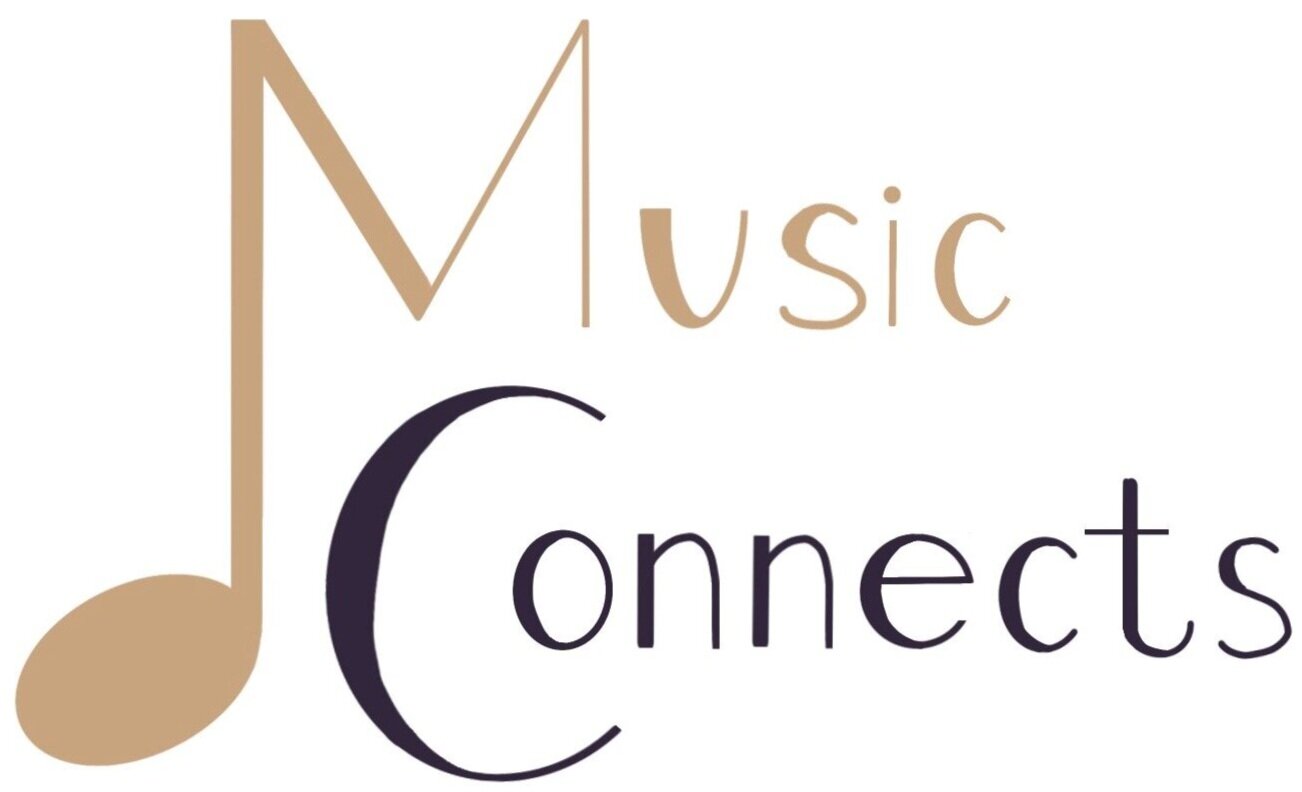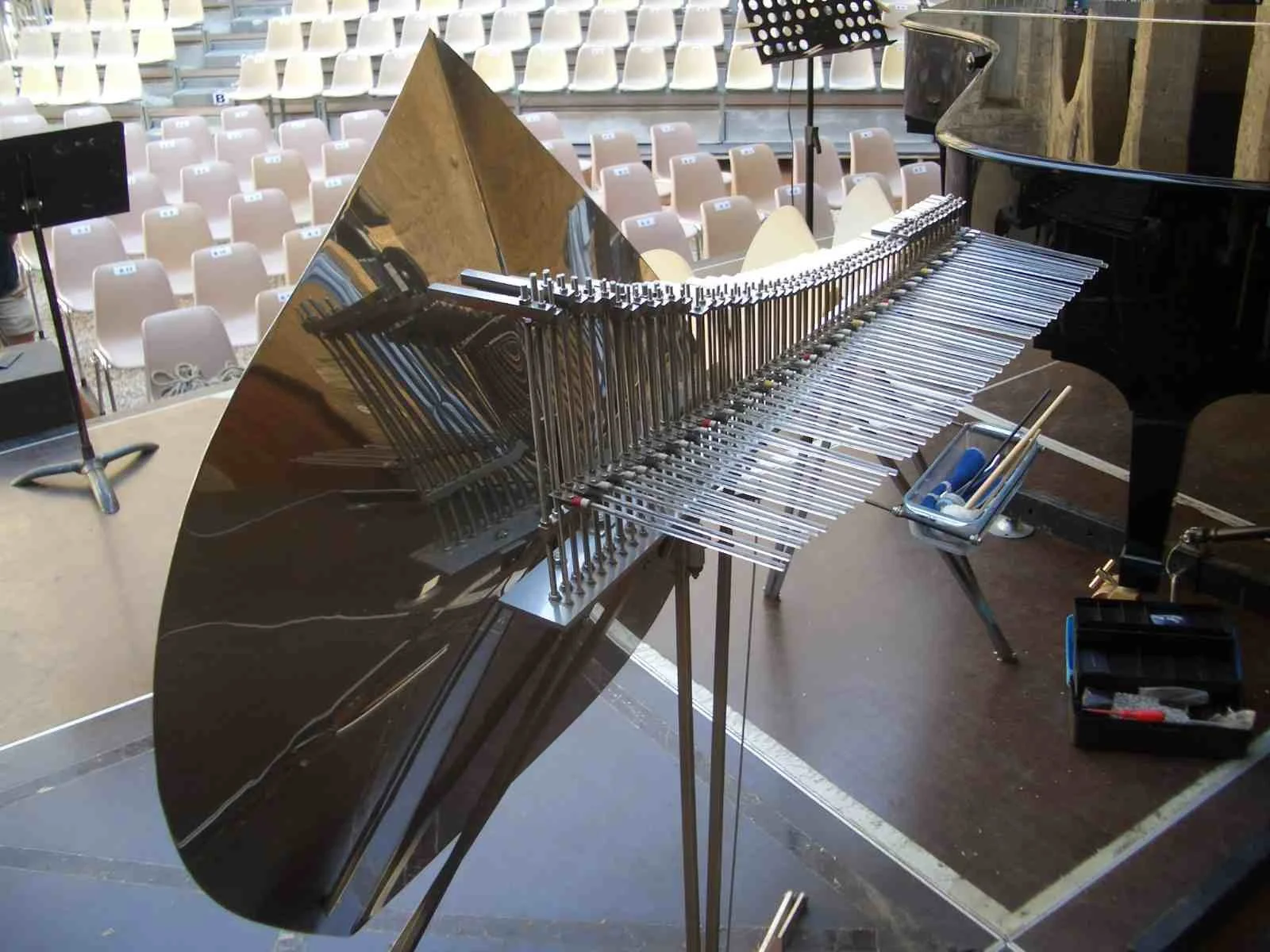Cristal Baschet
In the 1950s, brothers François and Bernard Baschet, two French artists and inventors, set out to redefine the boundaries of traditional musical instruments. Inspired by their fascination with glass and sound, the brothers crafted an instrument that would not only produce melodic tones but also serve as a visual masterpiece. This extraordinary instrument combines sculpture and music in a way that transcends normal boundaries and offers a visual and auditory experience like no other.
The Cristal Baschet is a stunning structure made of glass rods and metal plates, belonging to the family of glassharmonicas (alongside the glass harmonica and the glass harp). The instrument typically consists of a series of chromatically tuned glass rods, each attached to its own metal resonator made from materials like steel and aluminum. Mounted on a frame, these rods are accompanied by a large, and often concave, percussive surface. This surface is typically made of metal or fiberglass.
To produce its distinctive sound, the musician wets their fingertips and rubs them along the rods, creating vibrations. The resonators enhance, amplify, and shape these vibrations, creating a complex series of harmonics. Additionally, the percussive surface, played through striking or other techniques, adds another layer to the evolving soundscape. The subsequent music is described as glassy, haunting, and ethereal, with the instrument's pitch being adjustable by modifying the length, thickness, and tension of the metal rods.
The instrument's ability to create these tones adds a distinctive quality to compositions and performances and makes it a highly versatile instrument that is suitable for various musical genres. Over the years, the Cristal Baschet has captured the imagination of musicians and composers around the world. Renowned artists like Thomas Bloch have dedicated themselves to mastering the instrument which contributes further to the world of modern music.
“Interstellar”
Performed by: Loup Barrow
Performed by: Marc Chouarain
Additionally, the instrument's influence extends to film scores, where its haunting tones have appeared in soundtracks, adding a completely new dimension to cinematic experiences. In the French film, "Amélie" (2001), composer Yann Tiersen incorporated the Cristal Baschet into the score, using its enchanting tones to enhance the film's magical atmosphere. Maurice Jarre, the French composer, utilized the instrument in "Lawrence of Arabia" (1962), collaborating with director David Lean to infuse the film with an innovative soundtrack to match. Another partnership between Jarre and director François Truffaut resulted in the inclusion of the Cristal Baschet in "The Bride Wore Black" (1968), adding a haunting dimension to the film's musical composition. Alain Goraguer integrated the instrument into the soundtrack of "La Planète Sauvage" (Fantastic Planet) (1973), contributing to the surreal and extraterrestrial ambiance of the animated science fiction film. François de Roubaix utilized the Cristal Baschet in "Fahrenheit 451" (1966), enhancing the dystopian theme of François Truffaut's version of Ray Bradbury's classic novel.
Overall, the Cristal Baschet is a remarkable example of creativity that bonds art and music together. Its captivating blend of glass and sound continues to leave a lasting impression on its listeners, showcasing the power of innovation in the world of music.
We hope you enjoyed reading this blog. See you next time!

